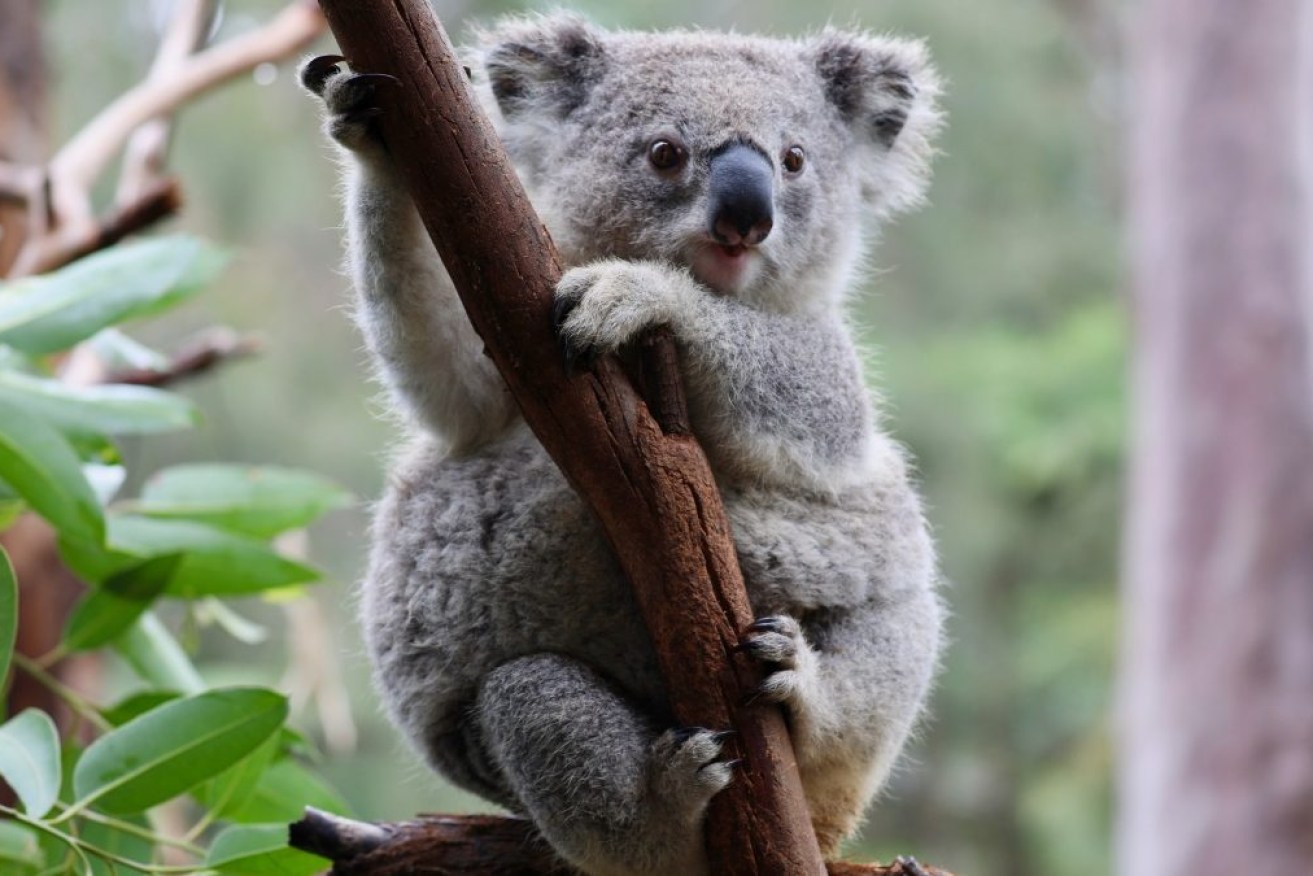Priority species plan to halt extinctions

Environmentalists say the Vulcan South mine will impact the region's struggling koala population. Photo: Supplied
A salvation plan focused on less than six per cent of Australia’s threatened species will also pull others back from the brink, the government says.
Environment Minister Tanya Plibersek has released a 10-year plan that aims to ward off any further extinctions, and ensure 30 per cent of Australia’s land and waters are protected by 2030.
She said the decision to focus on 110 priority species, and 20 places of special environmental significance, does not mean the government is ignoring the other 1800 or so plants and animals that are listed as threatened.
“These prioritised species create a kind of halo effect,” she told reporters as she launched the plan in Sydney.
“By focusing in on these species, and these places, we have the biggest chance of success. If we focus on these species we also protect the species around them, the ones that are interdependent and living in the same environment.”
The 20 places of significance include the Australian Alps, Kakadu, Kangaroo and Norfolk Islands, the world’s largest rookery for green turtles on Queensland’s Raine Island, and Tasmania’s giant kelp forests.
“By protecting 20 priority places, that give us a really broad range of Australian landscapes and ecosystems, we can create little Noah’s arks, places that we can be confident we are returning to healthy populations of plants and animals.”
The release of the plan, focused on priority species including koalas, wombats, possums, native birds and plants, coincides with the listing of 15 more species and three ecological communities on the threatened list.
They include the Parma rock wallaby found along the Great Dividing Range and NSW’s Mount Kaputar land snail and slug community, including the striking Kaputar giant pink slug.
Ms Plibersek said it was possible to save the environment and keep mining, saying the nation has a “continued need to develop” but it must be done in an environmentally responsible way.
‘”In a way that gives business faster decisions, but gives the environment better protection. That’ll be the focus of our environmental law reform.”
The release of the plan comes less than three months after the shocking five-yearly State of the Environment report, which laid bare what’s already been lost and what could follow.
It found the environment is sick and getting sicker with almost every ecosystem ailing, and Australia holding the world title for mammal extinctions.
Conservation groups have welcomed the plan’s bold ambitions but have questioned the approach.
“Australia has more than 1900 listed threatened species. This plan picks 110 winners. It’s unclear how it will help our other ‘non-priority’ threatened species such as our endangered greater glider for example,” said WWF-Australia’s chief conservation officer Rachel Lowry.
“Costed and time-bound recovery plans are essential for all threatened species. Otherwise we will see more native animals silently crossing the extinction line.”
The Australian Conservation Foundation said the plan would only work if the destruction of wildlife habitat was properly addressed, and extinction prevention was properly funded.
“Scientists estimate $1.69 billion a year is needed to tackle Australia’s extinction crisis. We urge the government to include funding to halt extinction in this month’s federal budget,” nature program manager Basha Stasak said.
– AAP








